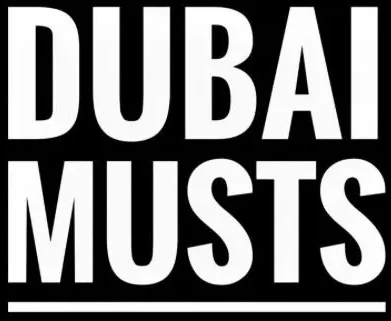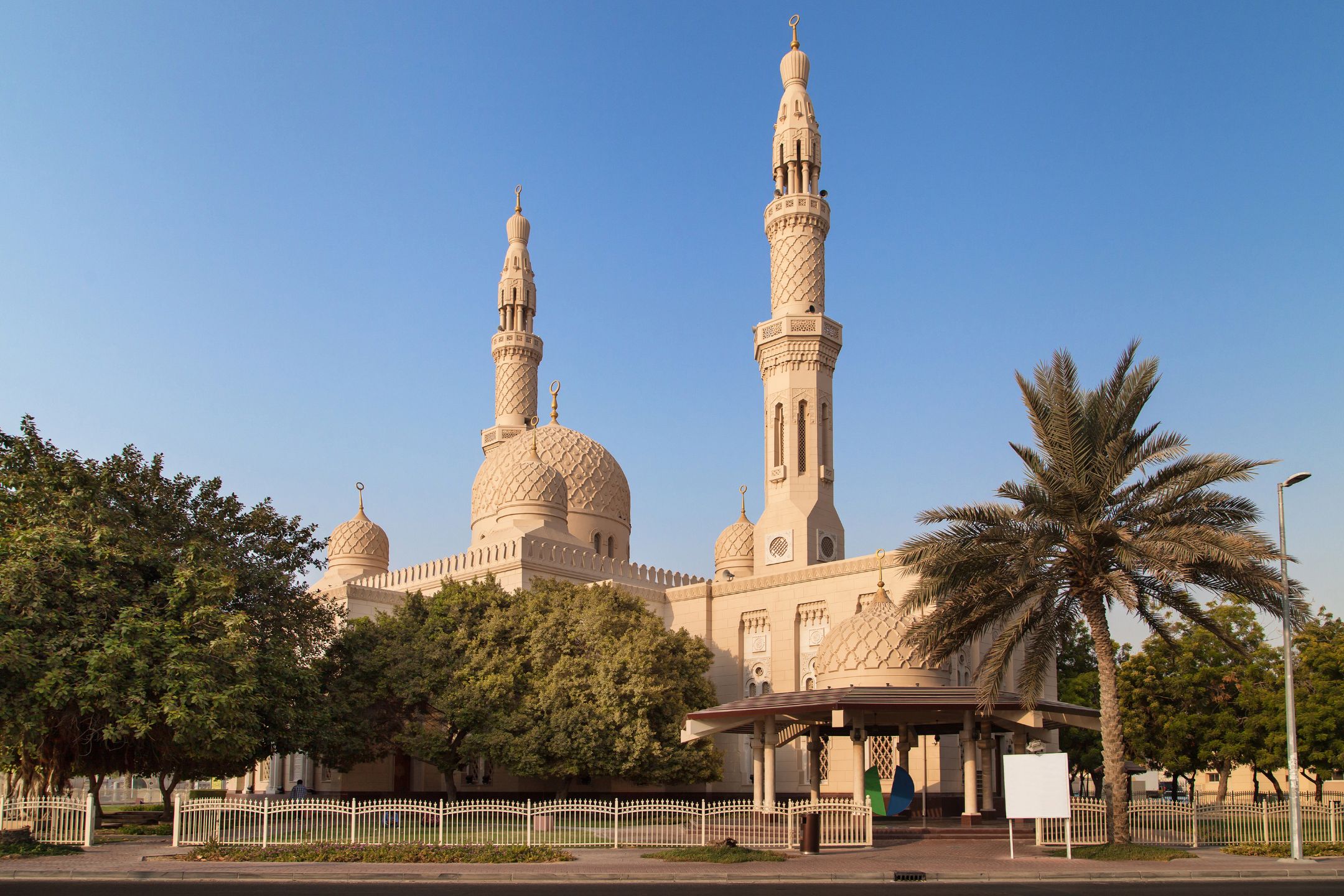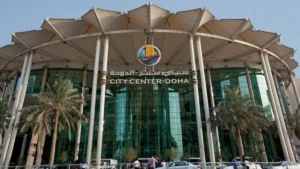The glitter and splendor of Dubai, with its skyscrapers is familiar to tourists, but many people also ask, are there any historical places to visit in Dubai? What was Dubai like back then?
Historic Sites in Dubai
Maybe many people don’t know that Dubai also has interesting destinations for historical tourism. When traveling to Dubai, you should schedule some free time to explore the city’s historical and cultural landmarks. Create a tour and visit the best historical sites in Dubai.
We’ve selected some historical places in Dubai that you must stop by when visiting Dubai.
Al Fahidi Historical Neighbourhood
One of Dubai’s famous historical tourist attractions, located in the old city of Dubai, is the densely populated Al Fahidi area. This historical area in Dubai was built by Persian textile and pearl traders.
Al Fahidi Historical Neighborhood, formerly known as Al Bastakiya, will bring tourists back to the 1890s. You can stroll along narrow streets lined with ancient buildings made of stone, wood, and gypsum. Its location close to the river makes it the center of Dubai’s trade and planning. Today, the historic towers and buildings serve as temporary art galleries and museums. There are often traditional performances and activities on UAE national days.
Things you can do at Al Fahidi Historical Neighbourhood
Exploring the District
In Al Fahidi Historical Neighborhood, there are more than 50 old houses you can explore. You can start from the Sheik Mohammed bin Rashid Al Maktoum Center for Cultural Understanding (SMCCU) for an in-depth cultural tour of the district.
Explore the Coffee Museum
Next, take time to stop by the Coin Museum. This Coin Museum holds at least 470 rare coins from various periods, including the British Empire and India.
Coffee has always been an important part of Arab culture, so it’s no surprise that Dubai’s Al Fahidi Historical Neighborhood has a Coffee Museum. You can learn the legend of Kaldi, a goat herder who found coffee beans in the Ethiopian highlands and brought them to Dubai. The coffee museum also has interesting artifacts such as a coffee grinder from the World War I era.
You will also be amazed by various collections of artifacts such as World War I coffee grinders, coffee history data, and antique coffee makers. You can enjoy this museum without an entrance fee.
Crossing Dubai Creek with Abra to Dubai Spice Souk
After sipping a typical Arabic coffee, now it’s time to cross the Dubai River, which is a popular residential location and a place of development of ports and pearls.
By spending 1 dirham, tourists can take a traditional Abra to cross the river that separates the historic area of Bur Dubai from Deira, the modern city center.
The cultural tours starting from Al Fahidi Historical Neighbourhood to the Dubai River can be ordered and enjoyed all year round.
Dubai Old Souk
Another historical place in Dubai is Dubai Old Souk. If you want to see what life was like before the city of Dubai started to develop rapidly, your best option is to visit Old Dubai, where you’ll find old markets that have been around for many years.
Located in the Old City area, Dubai Gold Souk is a traditional market where most of the traders sell gold, silver, and precious stones. In this market, your eyes will be spoiled with hundreds of gold shops lined up in the Gold Souk. It is not surprising that the market received an award from the Guinness World Record as the largest gold shop in the world.
Dubai Gold Soak
The Gold Souk has been around for almost 100 years, and the market is one of the busiest. Most of the traders there are descended from their predecessors, so there is always an interesting story they tell when you are shopping for gold.
You need to know, there is no need to doubt the authenticity of all the gold jewelry sold here because it is under the supervision of the Dubai government. And you can negotiate the gold price here. This gold market is open every day from 10.00 to 22.00. However, especially on Fridays, the market is closed.
Dubai Spice Souk
Still in the same area as the Gold Souk, Dubai Spice Souk is also a traditional market that specializes in selling spices. You will enter this area with Abra from Al Fahidi Historical Neighborhood.
Visiting this place will increase your knowledge about the origins and history of spices because some of the sellers here have been selling for more than 20 years. You can also see herbs, spices, and salt in their natural and raw form.
Tips if you want to shop for spices: always bargain, and buy directly from the barrel because it is much cheaper than buying it in packaged form.
House of Sheikh Saeed Al Maktoum
The House of Sheikh Saeed Al Maktoum is another historical place in Dubai.
This is a historic building and the former residence of Saeed bin Maktoum Al Maktoum, the former leader of Dubai in the United Arab Emirates. The building is located on the banks of Dubai Creek in the Al Shindagha residential area.
It was first built in 1896 only from coral covered with lime and sand. This house was restored more than two decades ago. After he passed away in 1958, the building is now a museum containing artifacts and images of Dubai’s old city.
Apart from this museum, there is actually another historical place in Dubai that must be visited. Dubai Museum. Dubai Museum is the oldest building in Dubai, built in 1786.
It contains local antiques and also artifacts from countries that trade with Dubai, such as Africa and Asia.
But at the moment, Dubai Museum is closed for maintenance, so if you want to visit Dubai Museum, make sure you check the progress on Instagram Dubai Culture to find out when it will start operating again.
Jumeirah Mosque
One of the famous spots in Dubai that reflects the true essence of the Arabian spirit is the Jumeirah Mosque. Jumeirah Mosque is one of Dubai’s most beloved architectural treasures and historic sites.
Built in 1979 with a mixed Syrian and Egyptian architectural style, the mosque with its white stones and elegant minarets is the largest mosque in Dubai and can accommodate up to 1500 worshippers.
This mosque has the “Open Doors, Open Minds” program, initiated by the Sheikh Mohammed bin Rashid Al Maktoum Center for Cultural Understanding (SMCCU). The point of this program is to welcome visitors of all religions and nationalities to visit the mosque and learn about Islamic culture and traditions at this historic site in the UAE.
Guided tours are available for anyone who wants to learn about life and religion. However, you are strongly advised to wear modest clothing when visiting the mosque, and female visitors must cover their heads and shoulders.
Can you visit Jumeirah Mosque without a tour?
Jumeirah Mosque is open to Muslim visitors from 10 am to 8 pm. If you are not a Muslim, then you should still check in via a guided tour. You can take the tour every day at 10 am and 2 pm, except Fridays. Apart from these hours and times, the mosque is closed to the public.
Burj Nahar
Burj Nahar is a historical place in Dubai that was originally a watchtower built to defend the old city of Dubai from invading tribes.
Built in 1870, made of mud and coral, Burj Naharis one of two surviving forts among a series of defenses built facing the mainland.
Located in front of Dubai Creek, the Burj Nahar was renovated in 1992. It has become a major attraction in Dubai, with its architecture being a perfect example of the traditional style of Arab culture, with intricate designs and beautiful colorful tiles.
Burj Nahar is now a beautiful building surrounded by beautiful and lush gardens. Not only can you learn a lot about Dubai’s history, but this place also offers beautiful spots for taking photos.
Don't miss Dubai's historical sites on your list
Dubai is rich in history and cultural heritage, you will be amazed by the rows of historical places that have existed since this city first existed.
When you decide to order Dubai tour packages, don’t miss Dubai’s historical sites on your list of travel activities. You don’t want to miss the moment to dive into Dubai’s historical and cultural heritage by visiting five iconic historical sites such as:
Al Fahidi Historical Neighborhood with its charming narrow streets dotted with museums and small old-school cafes.
Dubai Old Souk, there is an old gold market and spice market that everyone visiting or living in Dubai needs to see at least once.
House of Sheikh Saeed Al Maktoum, a historical building that was once the residence of the Al Maktoum ruling family in Dubai.
Jumeirah Mosque, is a true symbol of Islamic spirituality and art. Guided tours are available for anyone who wants to learn about Islamic life and religion.
Burj Nahar, one of the oldest forts in Dubai which has existed since the 19th century.
You will see modernity and tradition in Dubai go hand in hand to create an unforgettable experience for every traveler.





